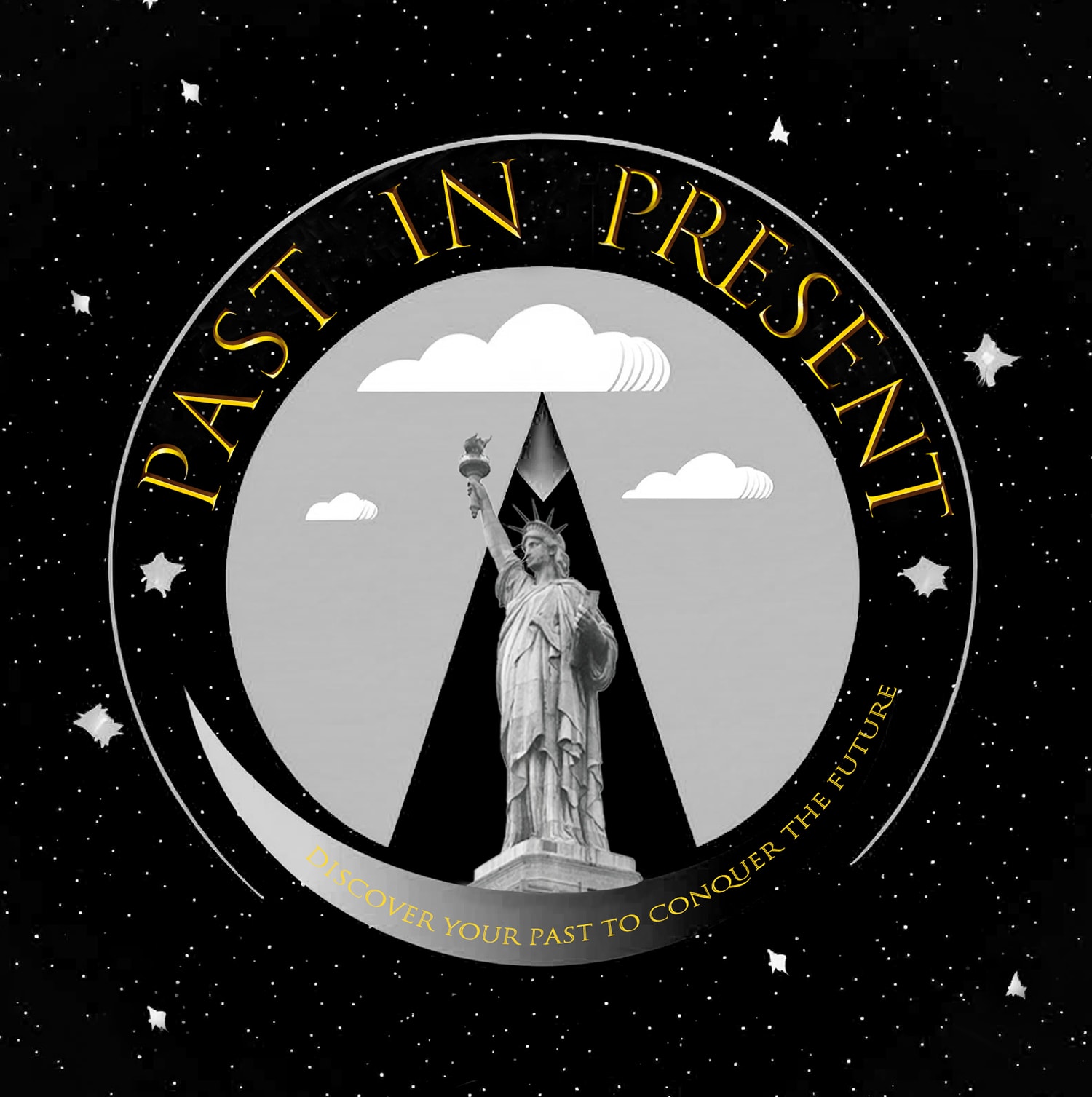"The Birth of an American Icon — Lincoln through the Eyes of Borglum, 1908.", 1908
Further images
In 1908, American sculptor Gutzon Borglum completed a striking marble bust of President Abraham Lincoln. Unlike many portrait busts of the time, the piece was cut directly from a single block of Alabama marble—Borglum did not work from a clay model and plaster-cast, but carved directly into stone.
Lincoln’s head appears to emerge from the rough hewn base, a deliberate aesthetic choice by Borglum. The right side of the face is more fully developed and detailed, whereas the left side remains closer to the raw stone. Borglum later explained his symbolic thinking: the fully formed side represented Lincoln’s “executive capacity” and reason, the rougher side his “spiritual” and emotional side.
Lincoln’s son, Robert Todd Lincoln, praised the bust upon its arrival: “I think it is the most extraordinarily good portrait of my father I have ever seen.”
The original measures about 40 inches high and weighs approximately 375 pounds.
Location & Provenance
The bust was donated to the United States Congress in 1908 by financier Eugene Meyer, Jr. of New York, and a pedestal specially designed by the sculptor was installed in 1911.
Originally displayed in the Rotunda of the United States Capitol in Washington, D.C., the sculpture was re-located in 1979 to the Crypt of the Capitol, where it resides today. Thus the current location is: United States Capitol, Washington, D.C. – the Crypt beneath the Rotunda.
Significance & Appeal
This bust brings together two major figures of American history: Abraham Lincoln and the sculptor Borglum, who would later become the architect of Mount Rushmore.
Borglum’s decision to carve directly into the marble—without intermediate modeling—is rare, especially for a presidential portrait. This gives the piece a sense of immediacy and raw energy.
The work’s location in the nation’s Capitol lends it a symbolic stature: it is both art and public monument, a portrait of a great president and a statement in the heart of American government.
This combination of historical importance, artistic innovation, and national placement makes the image highly collectible and meaningful.
Provenance
Past in Present.com Inc private historical archive.




